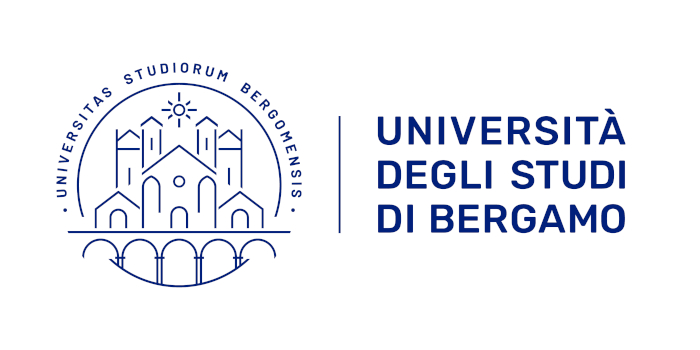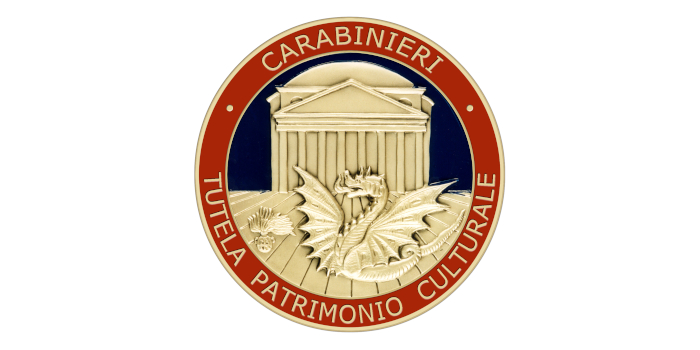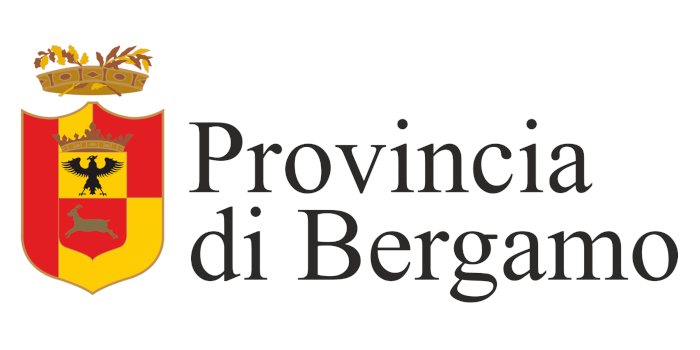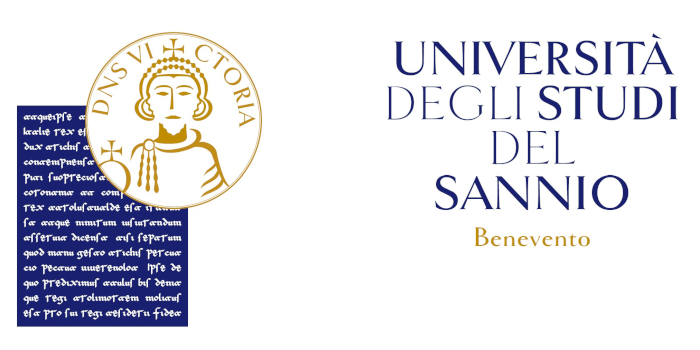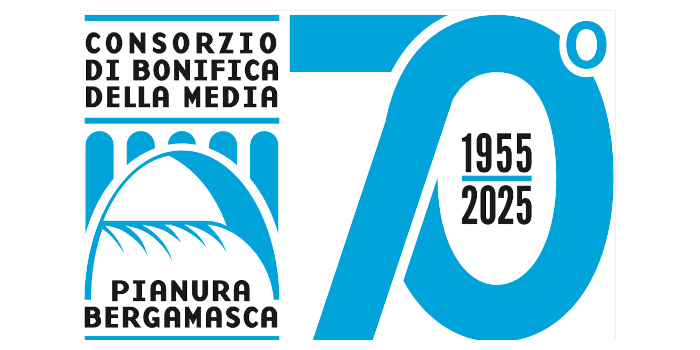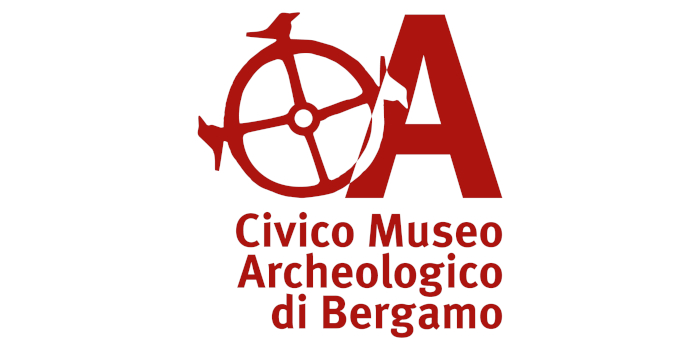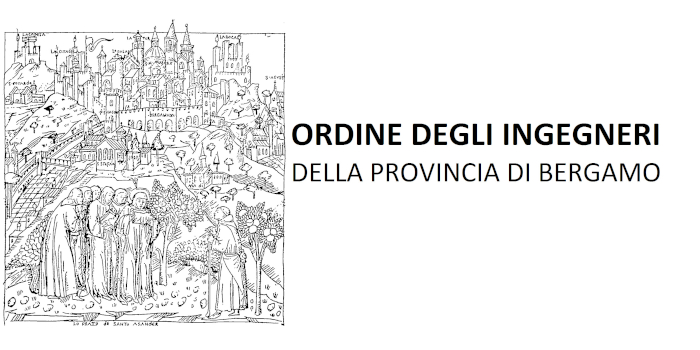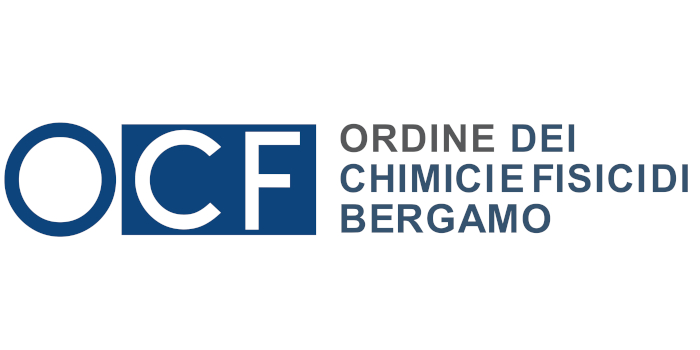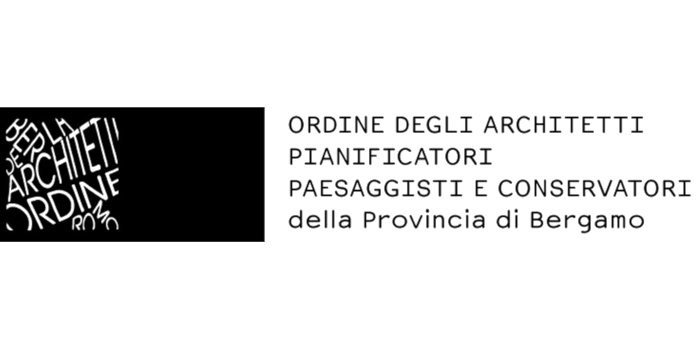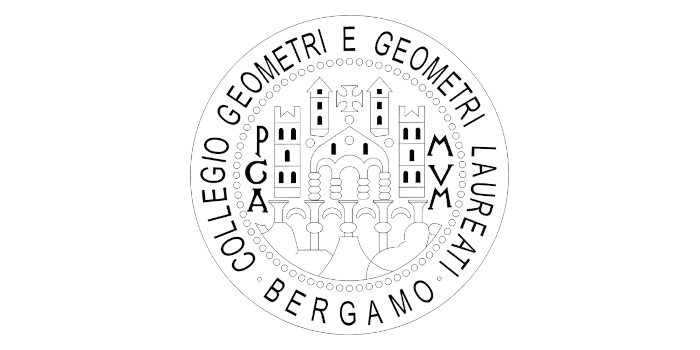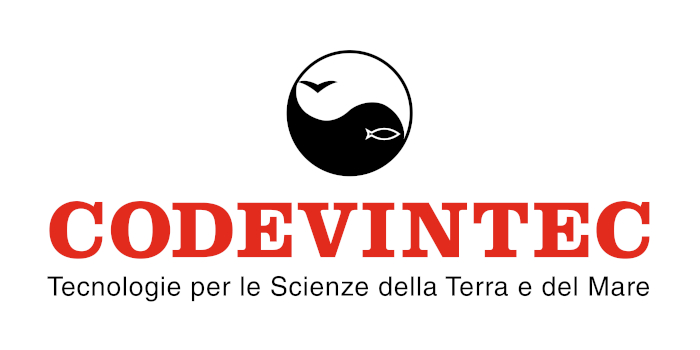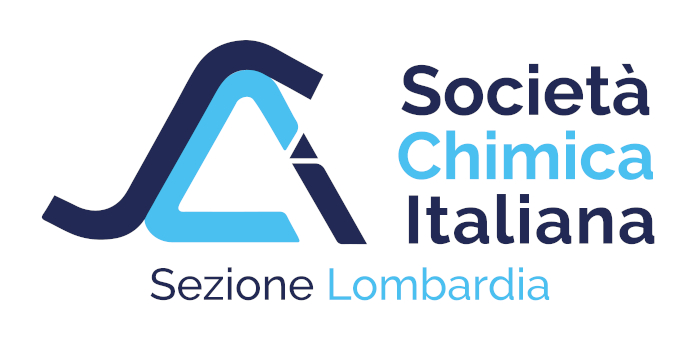SPECIAL SESSION #3
Non-destructive imaging and interferometric techniques for cultural heritage diagnostics and metrology
ORGANIZED BY
Melania Paturzo
CNR-ISASI
Claudia Daffara
University of Verona, Italy
Vito Pagliarulo
CNR-ISASI
Massimo Rippa
CNR-ISASI
ABSTRACT
A crucial point in cultural heritage is an in-depth knowledge of the artwork’s structural and material characteristics to identify the actual conservation state and to prevent risk and decay factors. Optical techniques, based on imaging and interferometric methods, also in integrated protocols, currently represents the good practice for performing non-destructive diagnostics on different types of artworks in full-field and at different scales. Researchers of the heritage science community are being called to develop and optimize novel techniques, portable instrumentation, and measurement protocols for artwork metrology and efficient diagnostics.
The scope of this special session is to collect contributions on the latest experimental results concerning the development and application of optical imaging and interferometric techniques in cultural heritage diagnostics, including, but not limited to, the following list of topics: laser interferometry, speckle metrology, infrared imaging, , DSPI, shearography, thermography, 3D scanning and photogrammetry, multispectral imaging, numerical methods for data analysis.
ABOUT THE ORGANIZERS
Melania Paturzo (CNR-ISASI, Pozzuoli) received Ms degree in Physics (cum laude) at the University of Naples "Federico II" and Ph.D. at the LENS (European Laboratory for Nonlinear Spectroscopy), University of Florence. Her research activities concern various fields of optics and photonics, including the investigation of the properties of materials using interferometric techniques, the development of super-resolution optical techniques in digital holographic microscopy, quantitative phase contrast microscopy, holographic and light displays visible that IR, NDT (non-destructive) interferometric techniques for applications in the field of cultural heritage and on biological samples (cells, bacteria, etc.), micro- and opto-fluidics. She is the author and / or co-author of over 250 articles in international scientific journals and over 100 in conference proceedings, and is the co-inventor of 3 patents (h-index 42). Currently Research Director at CNR-ISASI, she acts as local coordinator of POR and PON projects, among which two infrastructure ones, and PI and co-PI of two PRIN projects concerning cultural heritage diagnostics.
Claudia Daffara is Associate Professor in Applied Physics at the Dept. of Computer Science of the Univ. of Verona (Italy) and head of the Lab “OpDATECH" - Optical Devices and Advanced Techniques for Environment & Cultural Heritage. Degree in Theoretical Physics from Univ. of Padova (cum Laude), Ph.D. in Physics at Univ. of Bologna. Before reaching University (2011) she held positions in Applied Physics at INO-CNR National Institute of Optics (2003-2011) working on heritage applications. Her research field is optics for Cultural Heritage, developing techniques for nondestructive analysis of artwork surface and materials, mainly infrared methods, spectral imaging, and laser surface metrology. She has been funded as PI in 5 National projects and the EU project Scan4Reco (2015-2018). She is author of more than 100 scientific publications and 1 patent on the Applied Physics field. She is active in interdisciplinary collaborations with museums and the humanistic departments.
Vito Pagliarulo received the Degree in Electronic Engineering and the Ph.D in industrial engineering at the University of Naples “Federico II”. He is currently a permanent technologist at Institute of Applied Science and Intelligent Systems, National Council of Research, Pozzuoli, Italy. He has published more than 90 papers in peer-review journals. Since 2011 he is involved in the development and application of non-destructive testing techniques and advanced sensors, and he is the manager of NDT lab. In particular, this lab focuses the activity on techniques based on interferometry such as ESPI and Shearography for testing and validation of advanced composite materials, hybrid structures and in spection of panels and aeronautical components and cultural heritage. The professional experience of Vito Pagliarulo includes 3D scanning and Digital Image Correlation.
Massimo Rippa graduated in Physics cum Laude, in 2004, at the Science Faculty of the University of Naples “Federico II”. In December 2009 he received his Ph.D in the International course “Novel Technology for Materials, Sensor and Imaging” at the same University. His doctoral thesis was entitled “Monitoring of laser - biological tissue interaction on plane angioma by functional infrared imaging“. His current research focuses on Photonics with particular regard to plasmonic nanostructures for sensing applications, Infrared Imaging for applications in the Cultural Heritage, Precision Agriculture and Non-Destructive Testing. He is author/co-author of 107 scientific papers published on Internatio nal journals, 3 patents and 1 monographic publication. He has participated at over 80 International and national conference with poster or oral presentation. He received the qualification for University Professor in Experimental Physics of Matter (Sector 02/B1) in Italy. He is currently a Ph.D Researcher at the Institute of Applied Sciences and Intelligent Systems of the Italian National Council of Research (CNR ISASI) with assignments on national (PRIN) and European (FET) projects. Dr. Rippa is currently coordinator of the research activities developed in the “Thermography and Infrared imaging Laboratory” of the institute and scientific responsible of the collaboration agreement between CNR ISASI and SABAP (Sovraintendenza Archeologia Belle Arti e Paesaggio) of Naples.



